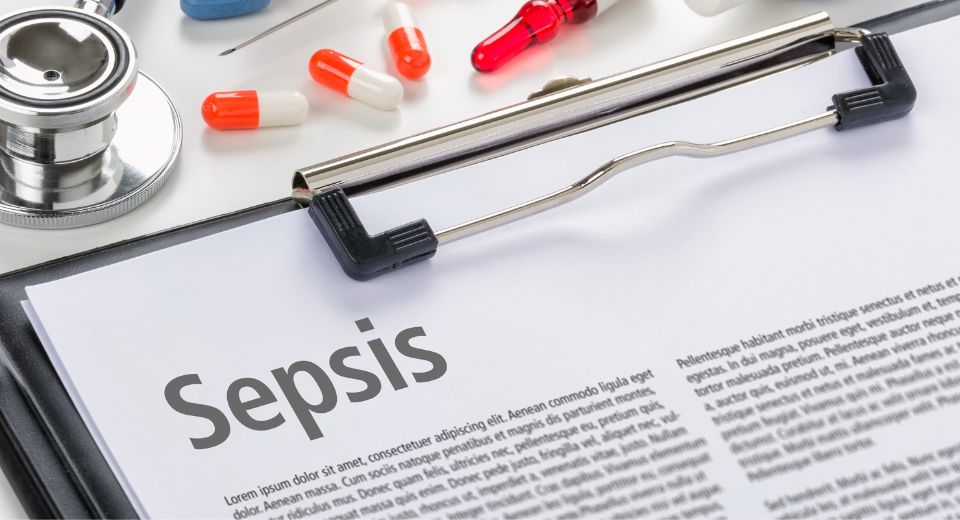
Author: Ryan Pham, PA-C
September recognizes ‘World Sepsis Day’ every year on September 13th. Sepsis is a life-threatening condition when bacteria infect your bloodstream. It happens when an infection you already have triggers a chain reaction throughout your body. It may lead to shock, multi-organ failure, and death – especially if not recognized early and treated promptly.
Some common symptoms include:
- Fast heart rate
- Low blood pressure
- Fever or hypothermia
- Shaking or chills
- Warm/clammy sweaty skin
- Confusion or disorientation
- Shortness of breath
- Sepsis rash
- Extreme pain or discomfort
It’s very important to quickly identify people with infections that may lead to sepsis shock. There are no strict criteria to diagnose sepsis, unfortunately. That’s why providers use a combination of findings — from a physical exam, lab tests, X-rays and other tests — to identify the infection (blood cultures) and diagnose sepsis.
Sepsis treatment needs to begin immediately. The most important concern in sepsis protocol is a quick diagnosis and prompt treatment. Any type of infection can lead to sepsis. This includes bacterial, viral or fungal infections. Those that are more commonly cause sepsis includes infections of:
- Bloodstream
- Digestive System
- Wounds or burns
- Catheter sites
- Lungs (like pneumonia)
- Kidney, bladder and other parts of the urinary system
If your provider diagnoses you with sepsis, they’ll usually place you in the intensive care unit (ICU) of the hospital for special treatment. Different medications are used in treating sepsis and septic shock. They include:
- Antibiotics – Blood tests will show which germ is causing the infection
- Surgery – Sometimes is needed to remove pus, infected tissue, or dead tissues
- Supportive care – Such as oxygen, a ventilator, or dialysis
Most people recover from mild sepsis, but the mortality rate for septic shock is about 30%-40%. Also, an episode of mild sepsis raises risk for future infections.
The information provided is for general interest only and should not be misconstrued as a diagnosis, prognosis or treatment recommendation. This information does not in any way constitute the practice of medicine, or any other health care profession. Readers are directed to consult their health care provider regarding their specific health situation. Marque Medical is not liable for any action taken by a reader based upon this information.


